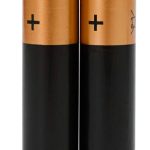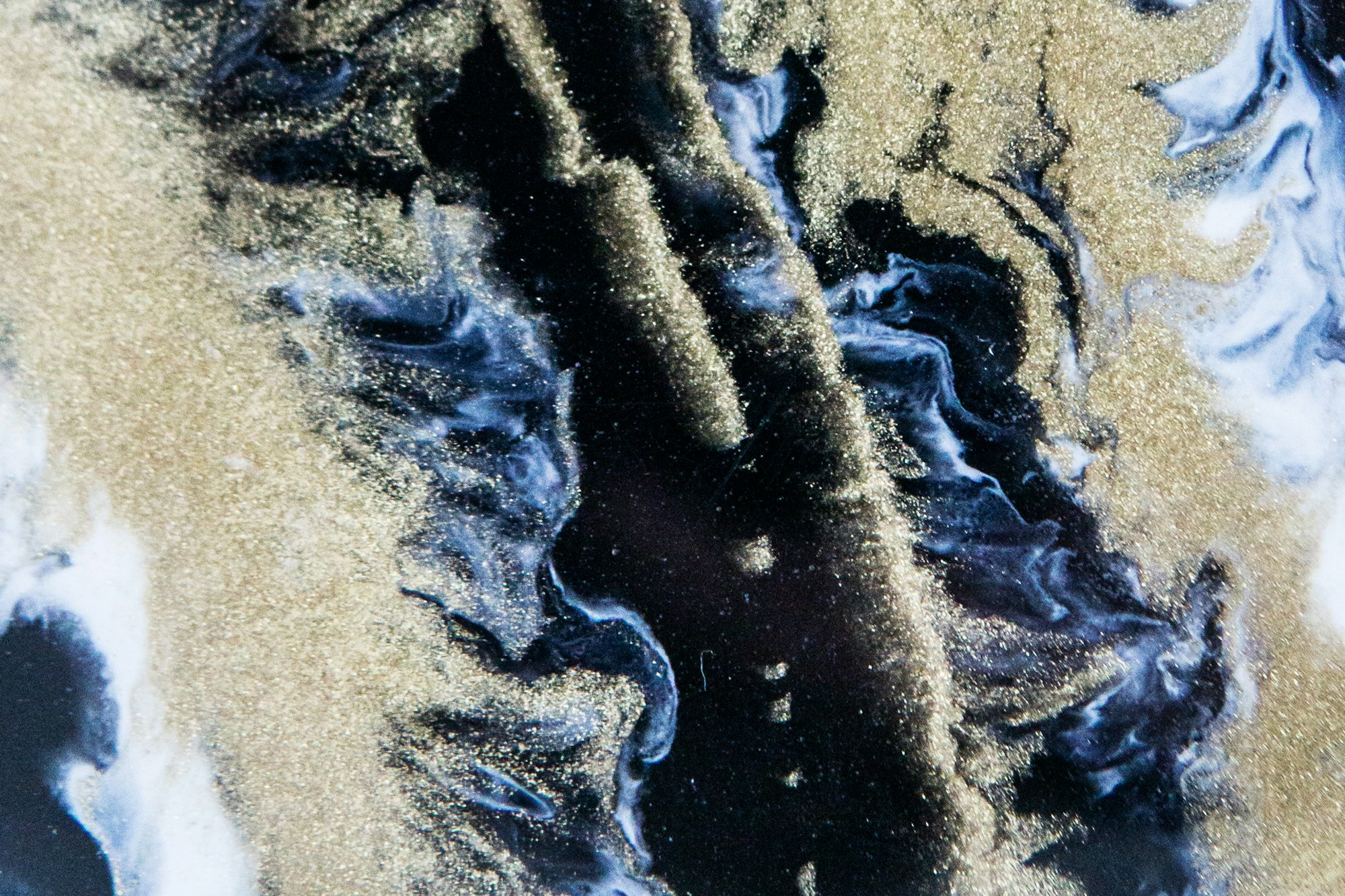The UK’s plentiful variety of arboreal species, from oak to spruce and birch, add a charming touch to the country’s aesthetic. However, they also pose a sticky problem for car owners: tree sap. This sticky substance can wreak havoc on a car’s exterior, leaving behind unsightly stains that mar the car’s overall appearance. In addition, it can also damage the car’s paintwork if left untreated for a long time. This article will guide you through the comprehensive steps for safely removing tree sap from a car’s exterior in the UK.
Recognising the Problem
Before we delve into the steps for removing tree sap, it’s essential to first understand the problem. Tree sap, or pitch, is a viscous liquid that trees excrete, primarily as a protective response to wounds or during certain climatic conditions.
Also to read : What are the most effective ways to improve the aerodynamics of a car for better fuel efficiency in the UK?
Although it may not seem like a significant issue at first glance, tree sap is highly adhesive and can be very difficult to remove once it has dried and hardened on your car’s exterior. Furthermore, the acidity of the sap can corrode the car’s paintwork, leading to discolouration if left untreated. Therefore, it becomes essential to handle this sticky problem promptly and properly.
Quick Action: The First Step
The first and most crucial step in dealing with tree sap is taking quick action. As soon as you notice sap on your car’s exterior, swift removal is key to prevent it from hardening and causing further damage.
In parallel : What is the best strategy to handle an insurance claim for a car accident involving multiple parties in the UK?
Start by washing the affected area with water and a mild soap. This will help in softening the sap and making its removal easier in the subsequent steps. Remember to use gentle circular motions to avoid scratching the paintwork while washing.
Using Commercial Sap Removers
After addressing the immediate problem with soap and water, it’s time to bring in the big guns: commercial sap removers. These products are specially designed to break down the sap’s composition, making it easier to remove without risking damage to your car’s paintwork.
Before applying the sap remover, make sure to read the manufacturer’s instructions carefully. Apply the product to a clean, soft cloth and gently rub it onto the affected area. Make sure not to scrub too hard or you risk scratching the paint. Once the sap has been removed, rinse off the remover and wipe your car dry.
Employing Home Remedies
If commercial sap removers are not available, several household items can be just as effective. One such home remedy is rubbing alcohol.
Like commercial sap removers, rubbing alcohol helps in breaking down the sap, making it easier to remove. To use rubbing alcohol, apply a small amount to a soft cloth and gently rub it onto the sap. Once the sap has been removed, rinse the area with water and dry it thoroughly to prevent any residual alcohol from damaging the paintwork.
Another effective home remedy is mineral spirits or turpentine. However, as these are stronger solvents, they should be used sparingly and with caution to avoid damaging the car’s paintwork.
Final Touches: Waxing and Polishing
The last step in dealing with tree sap involves restoring the shine and protection to your car’s exterior. This can be achieved through waxing and polishing.
Waxing not only gives your car a glossy finish but also provides a protective layer against potential damage. Apply a quality car wax to the affected area and buff it to a high shine using a soft cloth. Once the wax has dried, buff it off using another clean, soft cloth.
Polishing, on the other hand, helps in eliminating any residual marks or scratches that might have occurred during the sap removal process. Use a quality car polish and a soft cloth to gently rub the polish in circular motions. Once the polish has dried, buff it off with a clean, soft cloth for a flawless finish.
Remember, dealing with tree sap requires patience and careful handling. But with these comprehensive steps, you can ensure your car remains spotless and lustrous, no matter the season.
Dealing with Persistent Sap Stains
In some cases, the sap may have hardened and become more difficult to remove. This can occur if the tree sap was not noticed immediately, or if the car was parked under a tree for an extended period. Regardless of the reasons, it’s not the end of the world. There are ways to deal with persistent sap stains.
Start by washing the affected area with soapy water to remove any loose debris and to soften the hardened sap. Once the area is clean, apply a commercial sap remover or a home remedy like rubbing alcohol or mineral spirits.
It’s worth noting that these stronger substances should be used sparingly and with caution. You don’t want to cause more harm than good. Always start with a small amount, applying it to a soft cloth, and gently rub it onto the sap.
If the sap still doesn’t budge, professional help may be required. Car detailing services have the tools and the expertise to safely remove stubborn sap stains without damaging the car’s paintwork. While this option may be more expensive, it’s a worthwhile investment to maintain your car’s aesthetic and resale value.
Prevention Measures: The Best Way Forward
One of the most effective ways to deal with tree sap is to prevent it from sticking to your car in the first place. This can be achieved by a few simple measures:
-
Parking Away from Trees: Seems obvious, doesn’t it? But it’s worth repeating. Park your car away from trees whenever possible, especially during the sap-producing seasons.
-
Using a Car Cover: If parking away from trees isn’t an option, invest in a quality car cover. It provides a physical barrier between the sap and your car’s exterior.
-
Regular Washing: Wash your car regularly to remove any sap before it hardens. This not only prevents sap stains but also maintains the overall cleanliness and shine of your car.
-
Applying Wax: Regular waxing provides a protective layer on your car’s exterior. This makes it harder for the sap to stick and easier to remove if it does.
Conclusion
Tree sap can be a bothersome issue for car owners in the UK, where the variety of trees is as enchanting as it is challenging. However, with the right knowledge and tools at your disposal, you can navigate this sticky problem effectively. Remember, the key is prompt action and regular maintenance. And if things get too tough, professional help is always an option.
Whether you’re dealing with fresh or hardened sap, commercial or homemade remedies, prevention will always be your best bet. Take the necessary measures, and your car’s exterior will stay as lustrous and immaculate as the day you got it, regardless of which tree you park under.











